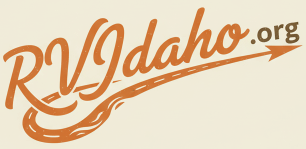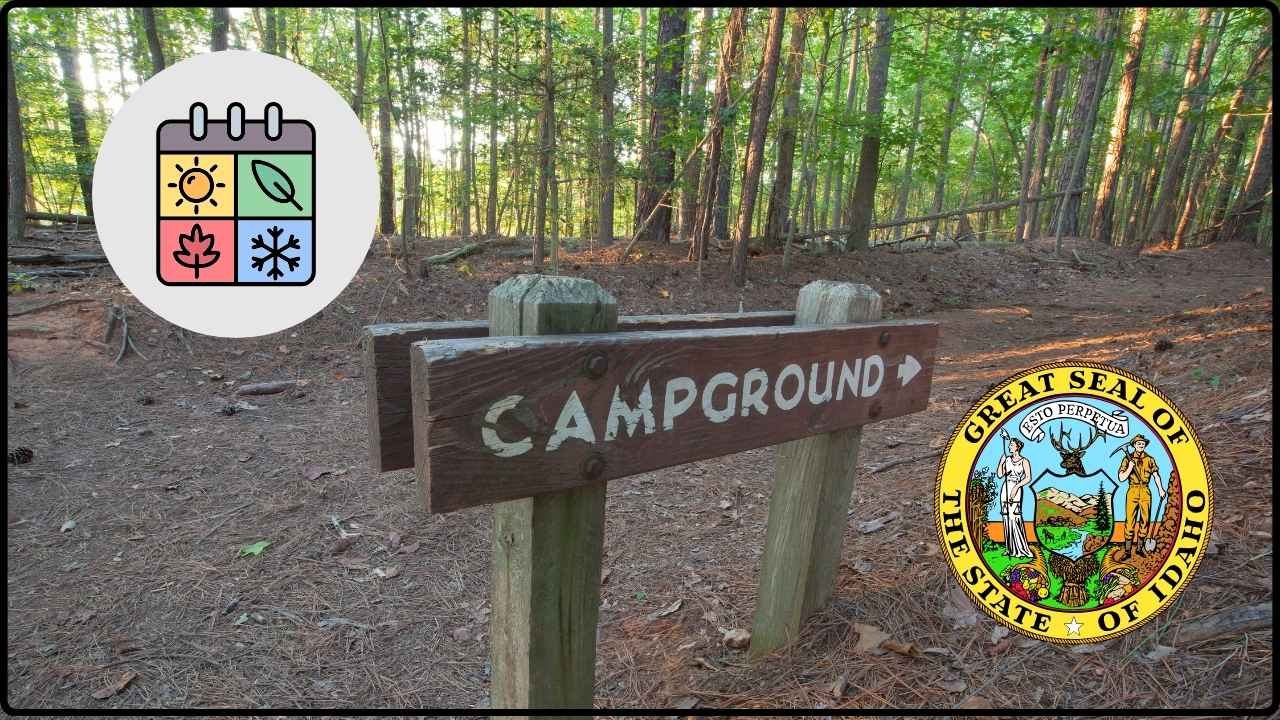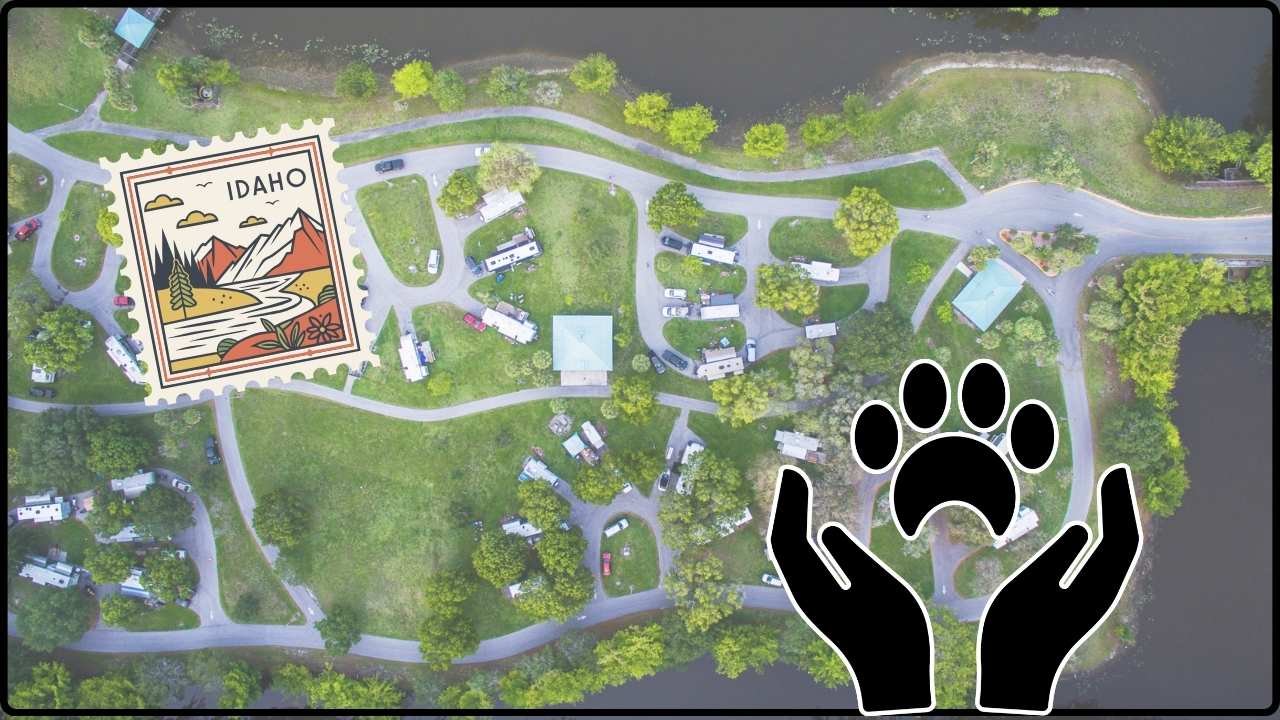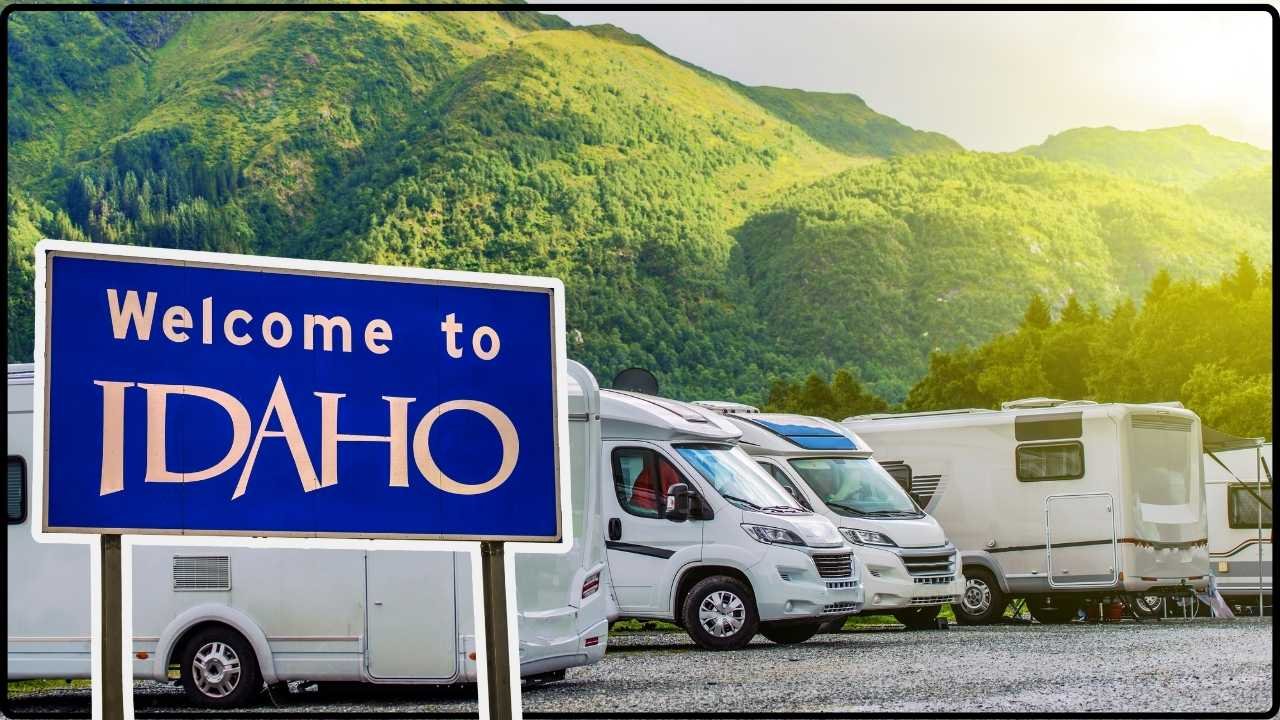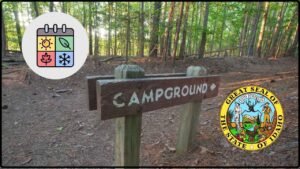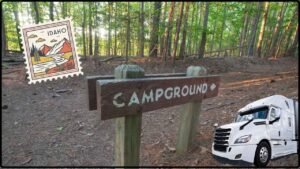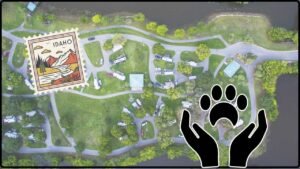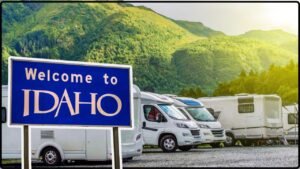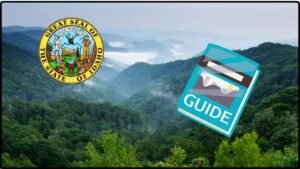How to Visit Shoshone Falls: If you’re looking to experience one of the most spectacular waterfalls in the United States by hitting the road in your RV, Shoshone Falls is a must-visit destination. Located on the Snake River near Twin Falls, Idaho, this majestic waterfall stands 212 feet high and 900 feet wide, making it taller than the famous Niagara Falls. Known fondly as the “Niagara of the West,” Shoshone Falls offers an incredible blend of natural beauty, outdoor adventure, and convenience, all accessible with your home on wheels.
Visiting Shoshone Falls in your RV requires some planning to ensure you can fully enjoy the experience without a hitch. From the best times to visit and parking info to local amenities and safety tips, this comprehensive guide will walk you through everything you need to know. Whether you’re a seasoned traveler or planning your first RV trip, this article breaks down all essentials in clear, friendly language with an authoritative touch.
How to Visit Shoshone Falls
Visiting Shoshone Falls in your RV offers an unbeatable combination of natural beauty, cultural richness, and adventure. Whether you roll in for a day trip or make it part of a longer road trip with overnight camping nearby, the “Niagara of the West” promises memories that last a lifetime. From hearing the thunderous rush of water to soaking up rainbows in the mist, this destination is a crown jewel for travelers of all kinds. Plan your timing wisely, park your rig safely, and get ready to explore one of America’s most stunning natural wonders.
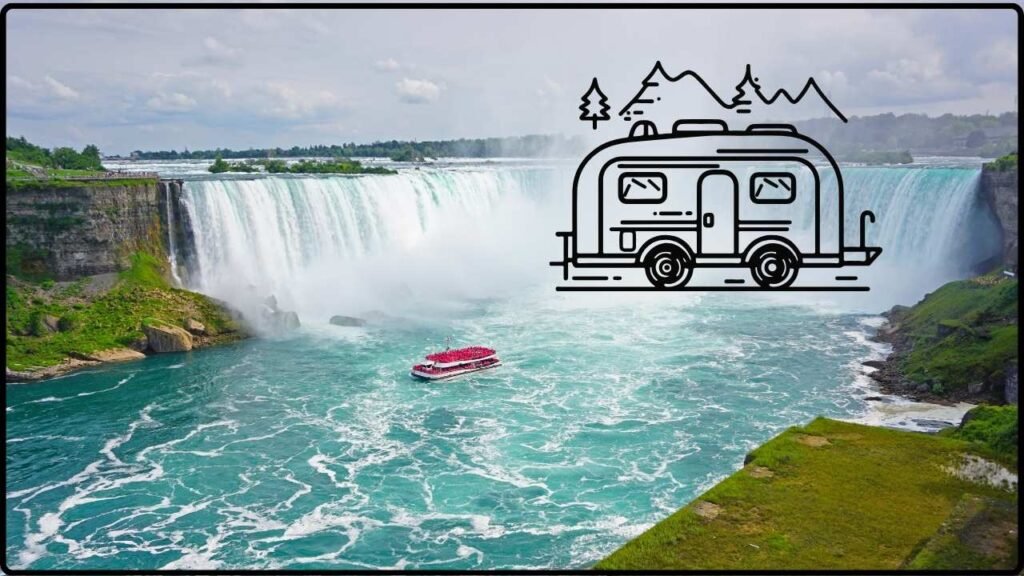
| Aspect | Details |
|---|---|
| Height & Width | 212 feet tall, 900 feet wide, taller than Niagara Falls |
| Location | Snake River near Twin Falls, Idaho, USA |
| Best Time to Visit | Spring (April to June) for peak water flow, approx. 20,000 CFS |
| RV Parking | 5 pull-through spots at Shoshone Falls Park (day-use only) |
| Overnight Camping | Not allowed at falls; nearby RV parks available |
| Entrance Fee | $5 per vehicle (subject to change) |
| Accessibility | ADA accessible with multiple viewing platforms |
| Nearby Attractions | Canyon Rim Trail, Perrine Bridge, Twin Falls city attractions |
| Safety Tips | Drive slow on curvy roads, stay hydrated, respect park rules |
| Official Website | Shoshone Falls – City of Twin Falls |
Why Visiting Shoshone Falls Is a Must-See?
Shoshone Falls is more than a waterfall—it’s a cultural and geological masterpiece. Formed over 14,000 years ago during the Missoula Floods, it remains a sacred site with profound significance to Native American tribes, notably the Shoshone and Bannock peoples. Today, visitors swarm here for its sheer scale and roaring power, witness the stunning mist-lit rainbows that frame the falls, and enjoy the lush canyon landscapes.
Unlike other waterfalls hemmed in by rough terrains, Shoshone Falls welcomes visitors with easy access, paved trails, and picnic-friendly spots—all making it perfect for RV travelers who value comfort alongside adventure.
A Deep Dive into the History and Native American Significance
The history of Shoshone Falls runs deep, stretching back more than 14,000 years. The falls were created by a cataclysmic flood from Lake Bonneville during the Pleistocene Ice Age, carving the Snake River Canyon into what we see today. The Lemhi Shoshone, known as the “Salmon Eaters,” named the falls. They—and the Bannock people who also frequented the area—relied heavily on the rich salmon runs that reached up to the falls, marking a natural barrier for migrating fish.
This area was not only a critical food source but also a vital gathering and trading site. Native Americans used willow spears tipped with elk horn to fish these salmon-rich waters during the summer months. These gatherings underscored the cultural and social significance of Shoshone Falls beyond its natural grandeur.
European explorers like Lieutenant Andrew Lindsay and artist George Gibbs documented the falls in the mid-1800s, and by the 1860s, the falls were gaining attention as both a natural wonder and a hub for local settlement and tourism. The irrigation projects in the early 1900s that diverted water for agriculture transformed the surrounding desert into Idaho’s fertile “Magic Valley,” a testament to the region’s ongoing evolution.
Planning Your RV Trip To Visit Shoshone Falls: Timing and Travel
When to Visit
The peak season is spring, especially April through June, when the snowmelt from the mountains swells the Snake River to its mightiest flow—sometimes reaching up to 20,000 cubic feet per second. This creates the most dramatic and breathtaking views of the falls.
Summer and fall see reduced water volumes due to irrigation demands for farming but still offer pleasant weather and great views. Winters are quieter and less crowded but colder and with limited accessibility.
Getting There
Most visitors come via Interstate 84. Take exit 173 to US-93 and follow the signs to Twin Falls and Shoshone Falls Park. The entrance is at Falls Avenue, just a short drive northeast of Twin Falls city center.
Keep in mind that the road descends into a canyon, so drive cautiously, especially in larger RVs. Slow your pace on curves and watch for pedestrian crossings near the park entrance.
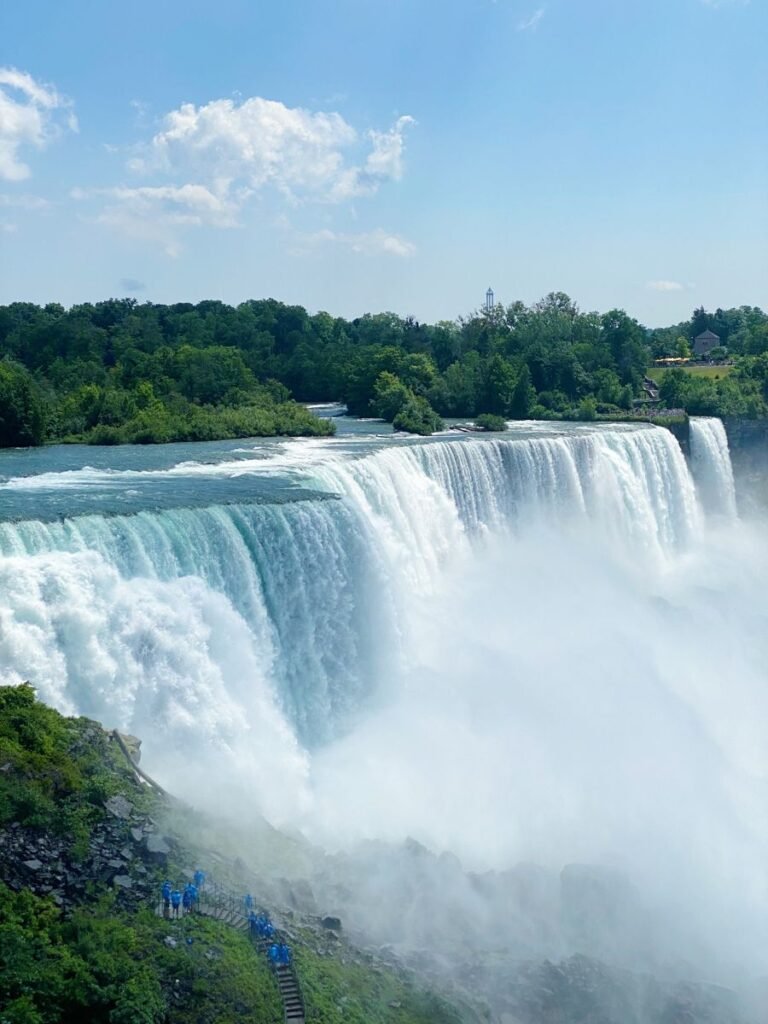
RV Parking and Camping: What to Expect
Day-Use RV Parking
Shoshone Falls Park provides five large, pull-through RV parking spots near the main viewing areas. These are great for stopping, taking photos, and enjoying the falls up close. But keep in mind: overnight parking or camping is not allowed in the park.
Nearby Campgrounds for Overnight Stays
To extend your visit, here are some spots nearby where overnight camping is welcome:
- Shoshone RV Park: Just 10 miles away in the town of Shoshone, this park offers 88 full-hookup pull-through sites accommodating RVs up to 70 feet, plus amenities like restrooms and showers.
- Twin Falls KOA: Located near Twin Falls, this campground provides full services, including WiFi, laundry, and a dog park.
- Other state parks and private campgrounds are available within a 15-30 minute drive, offering a blend of natural settings and modern facilities.
Booking ahead is highly recommended, especially in spring and summer when tourism spikes.
Amenities and Activities at the Falls
Visitors to Shoshone Falls find plenty more than just stunning water views:
- Picnic spots with BBQ grills and shady trees make it perfect for a family lunch.
- The Canyon Rim Trail offers over 8 miles of hiking and biking with breathtaking views of the canyon and the Snake River.
- The park has restrooms and a gift shop where you can pick up souvenirs and snacks.
- It is fully wheelchair accessible, with paved viewing decks right at the falls.
- For photographers and nature lovers, early morning and late afternoon light illuminate amazing rainbows in the mist.
- Birdwatchers can spot peregrine falcons and other raptors nesting in the canyon walls.
Local Attractions Nearby
Enhance your RV trip by exploring nearby points of interest:
- Perrine Bridge: Just over a mile from Shoshone Falls, this iconic bridge spans the Snake River Canyon and is famous for BASE jumping.
- Twin Falls City: Discover great dining, local breweries, and artsy shops in the charming downtown area.
- Dierkes Lake Park: Offers swimming and relaxing in a scenic lake setting, with RV parking available nearby.
- Shoshone Ice Caves: About an hour away, these caves offer a unique geological adventure for spelunkers.
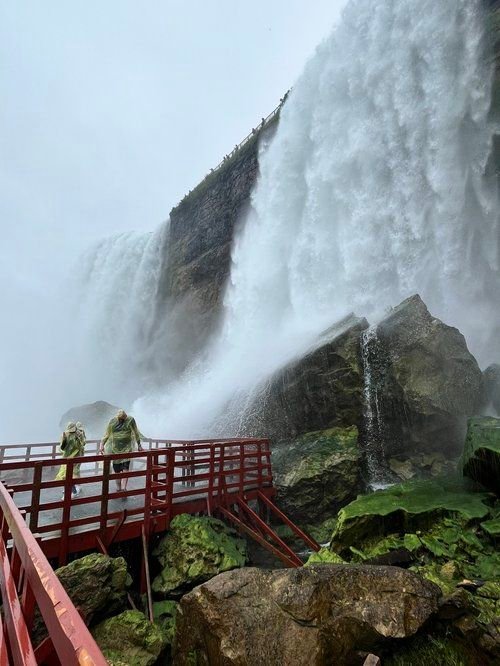
Safety Tips for RV Travelers
- Always drive cautiously on winding canyon roads, especially if towing or maneuvering a large RV.
- Parking spots at the falls fill up quickly during peak times—arrive early to secure a spot.
- Keep plenty of water and sunscreen handy; southern Idaho’s high desert climate tends to be dry and sunny.
- Respect wildlife and local rules—do not stray from designated paths or disturb plants and animals.
- Pets are welcome but must be kept leashed at all times.
- Remember to pay the $5 entrance fee per vehicle at the park gate.
Idaho BLM Camping Rules Explained: The 14-Day Stay Limit and More
Boondocking in Idaho 101: The Ultimate Guide to Free Camping
